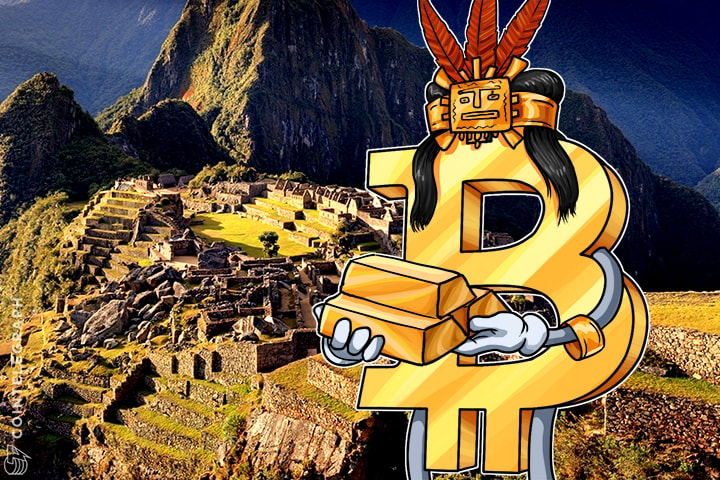Founders of a South American Blockchain platform InkaPay tell Cointelegraph about how it was launched and how it penetrates to the areas where many unbanked people live.
BitInka was founded in Nov. 2013, in Lima, Peru, by a group of entrepreneurs and it took a whole year to develop the platform.
BitInka’s first goal was to deal with Blockchain technology as a local exchange. After the project was started, its founders had to put it on hold for almost half a year due to lack of initial funds.
Restrictions
After half a year of sitting with the initial project and traveling around South America, they noticed that all the countries in the region did not have a solution regarding the use of different fiat currencies and also that there was a huge problem with currency exchange restrictions in several countries such as Argentina, Brasil, and Venezuela.
In some of them, you could face harsh exchange restriction and penalties if dealing in anything other than the local fiat currency. This is when the real idea became imminent to the founders, who were immigrants that faced these restrictions.
The use of a decentralized financial vehicle to target remittances and payments was the key idea.
It wouldn’t intervene with any exchange restriction laws and by using something open to the public, it would be completely transparent. It also wouldn’t affect the local economy by intervening with capital flight.
Blockchain technology was the perfect solution but the task wasn’t easy and the creators had to open a legal business in each country that had a remittance channel and then develop it into a trusted exchange.
Incas, Gold and Bitcoin
Bitcoin was the cryptocurrency they chose to develop this great idea then as the founder roots where Peruvian. As the history of the Incas in South America is quite strong and since Incas and Bitcoin relate naturally to gold, it was named BitInka.
The exchange platform continued its development and basic local trading was done by the founders in between different countries to test the idea and see if it could work.
The result was optimal fees when compared to traditional methods as these were reduced in half, e-commerce was implemented into the idea for cross-border payments and there was a great benefit on exchange rates as well.
Peru led the way
The founders then decided to pursue this development. They left their jobs, grabbed all their investments and injected them into the beginning of a great startup venue.
Legal companies constitution started with Peru leading the way followed by Bolivia, Brasil, Argentina, Venezuela, Colombia, Chile, and Spain.
The challenge here was not only opening the companies but also to convince local banks to work with them.
At the beginning, the word Bitcoin was so feared in banks that conversations wouldn’t even last 5 minutes. It took them some time to develop AML & KYC processes and work with lawyers to convince banks that this was something real.
Banks jumped on the bandwagon
The main purpose was to use Blockchain technologies to benefit not only the people but also banks themselves. The banks would be able to penetrate markets where they didn’t have any business before.
The business plan was redrafted. The idea was not buying and selling Bitcoins. The idea had to be described as it was thought at the beginning as a decentralized vehicle that will not hurt nor influence local banks and it had to be seen as an innovative product that uses a disruptive technology, transparent to the users to acquire a final product or service.
Suddenly doors started to open and the biggest bank in Peru was amazed by the idea.
After several meetings and partnership agreement, BitInka had its first bank account and then everything became clear. InkaPay will benefit mainstream users who might not even know Bitcoin by removing current financial boundaries they face in South America.
That could benefit e-commerce, micro payments, imports, and exports. InkaPay has sided with local banks that saw their benefit in acquiring more users by targeting the unbanked in payments and remittances and penetrating areas where they have small presence or even no presence.
There was a one-year timeframe to provide this disruptive payment solution and local traders were needed to make this idea possible.
Governments
After banks, the next step was to talk to local governments to explain our solution didn’t conflict with any kind of local regulation or harm the local economy and that there were now banks behind the idea.
Now it was a whole different story.
Taxes needed to be paid on commissions and innovation had to be seen as something to promote local economy once again.The idea was good for tourism, cross country payments, micro imports, micro exports, micro payments and so forth.
BitInka trading platform is now the biggest trading platform in South America and over 40 professionals have joined this idea. There are several local offices, 24 partner banks and the biggest credit cards serve as payment facilitators.


